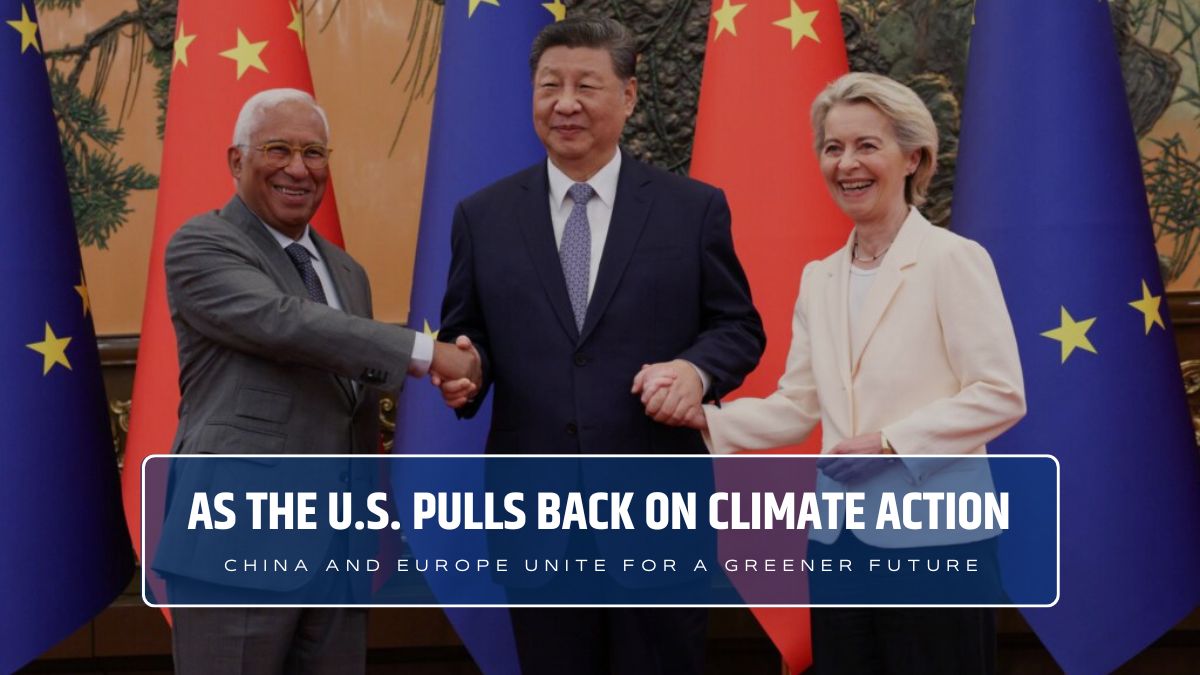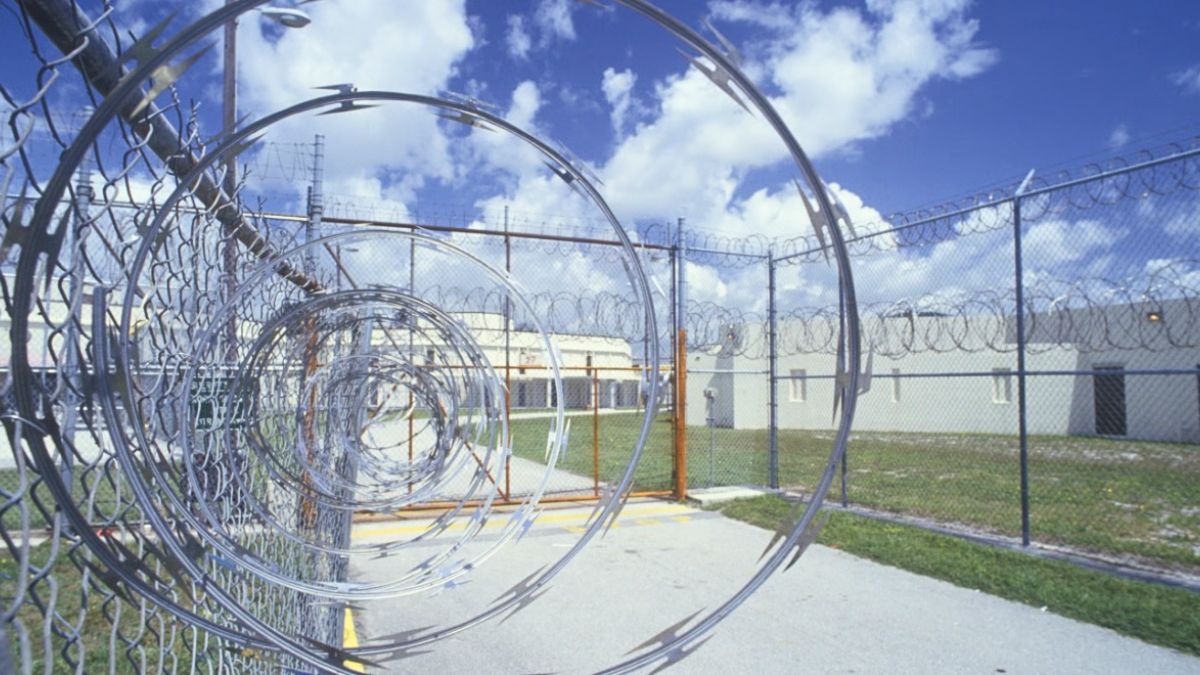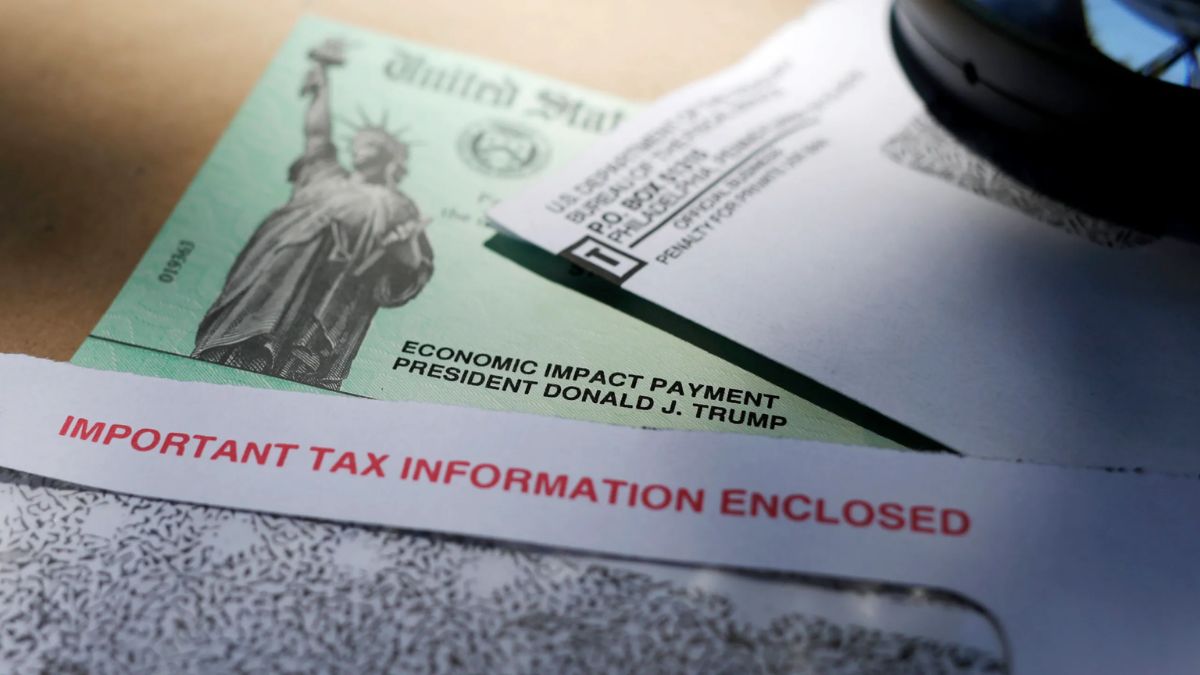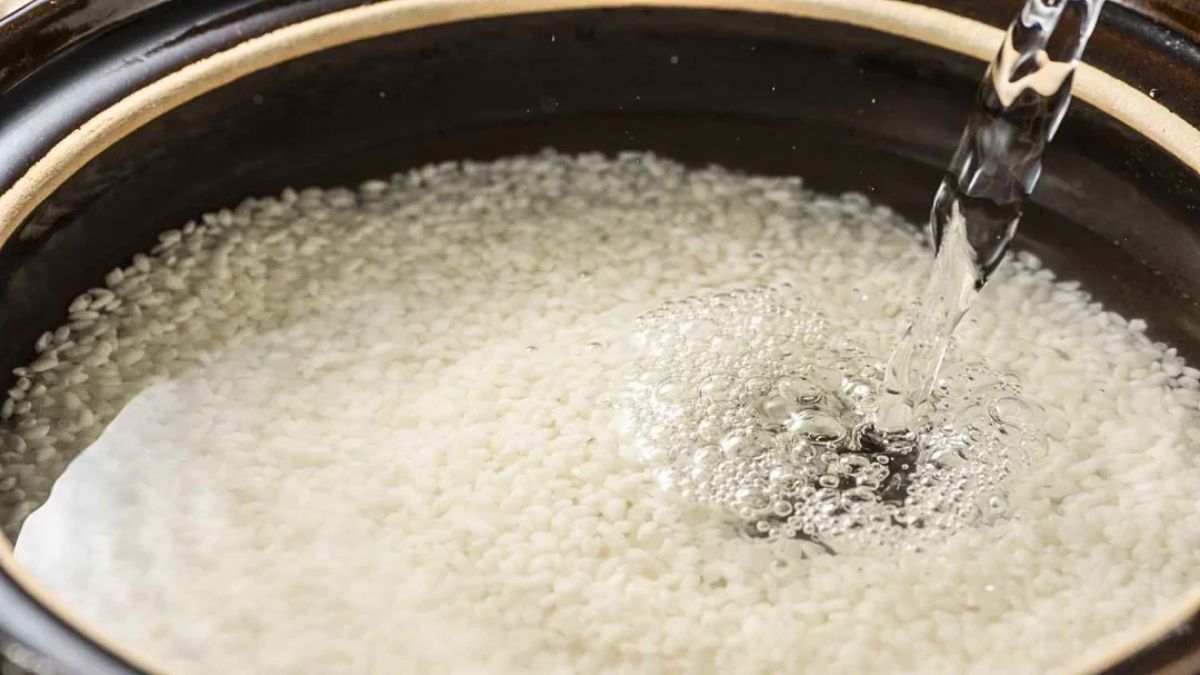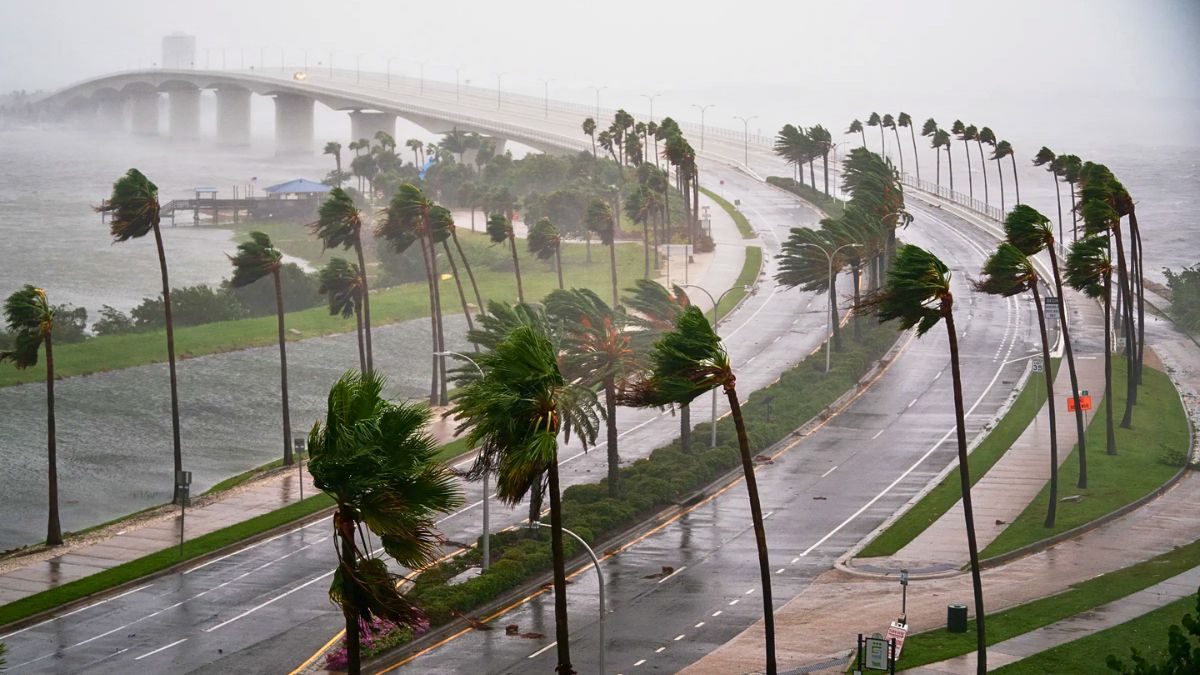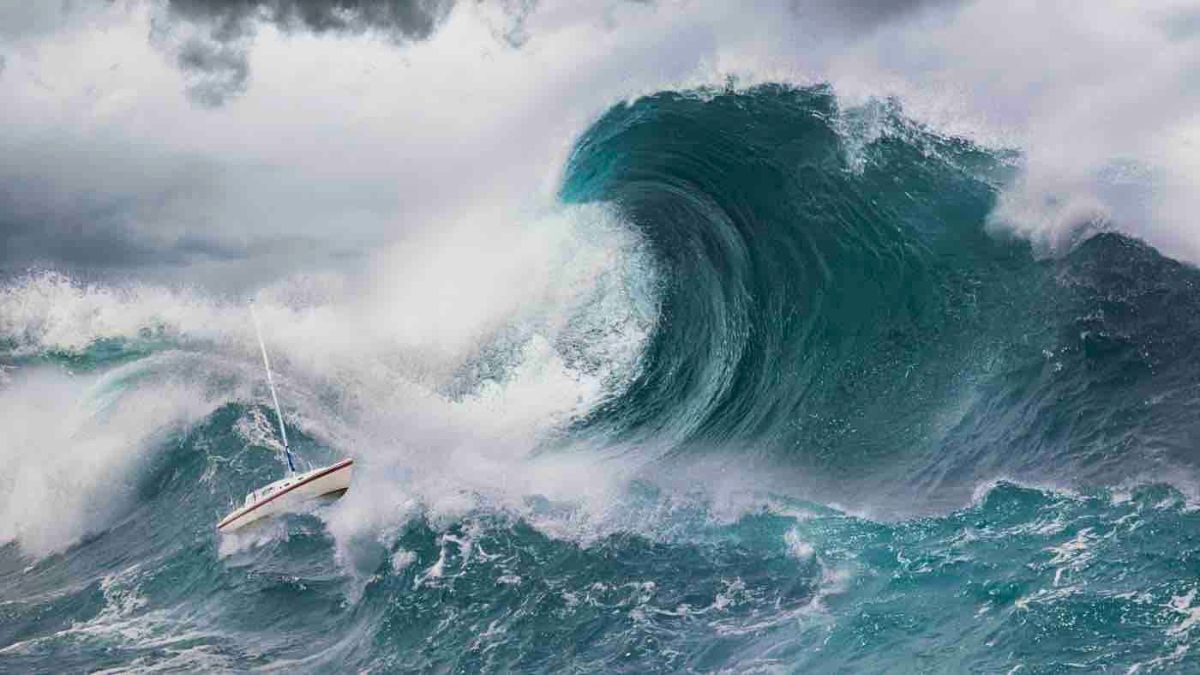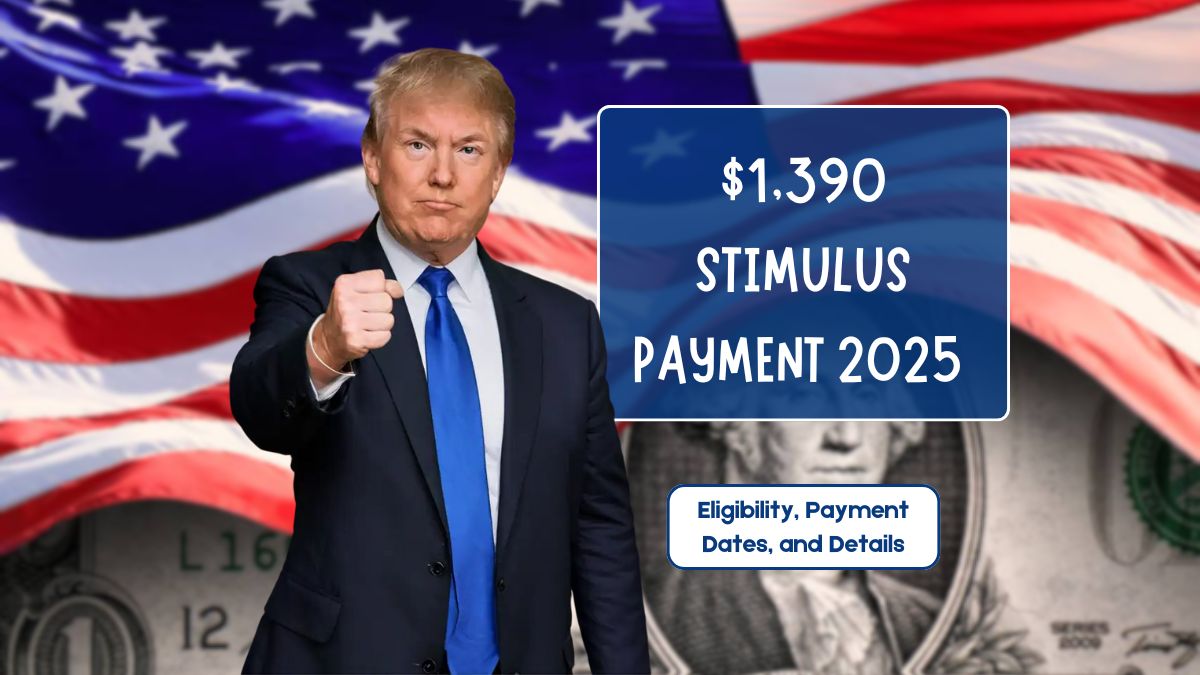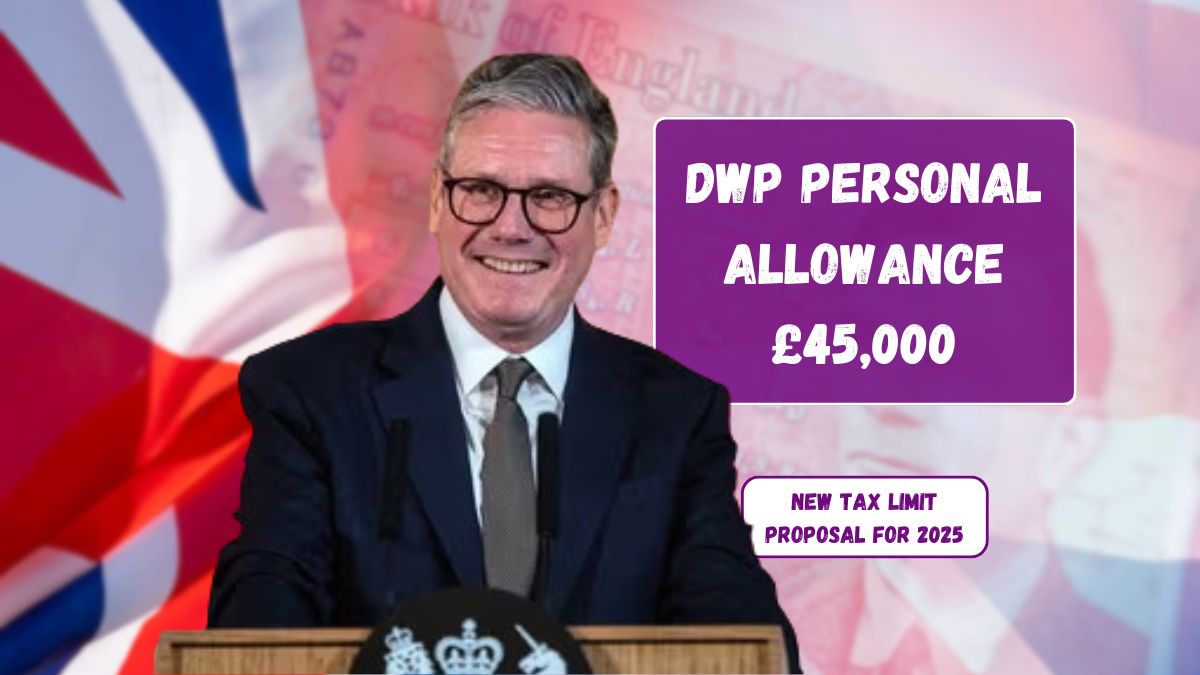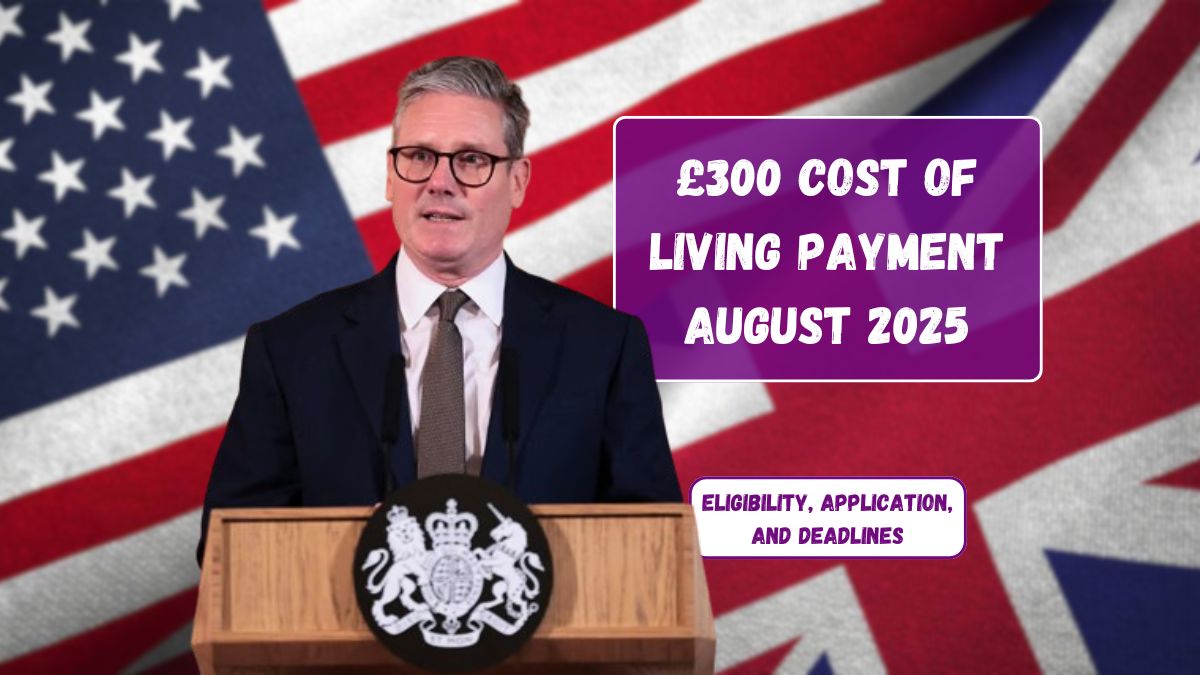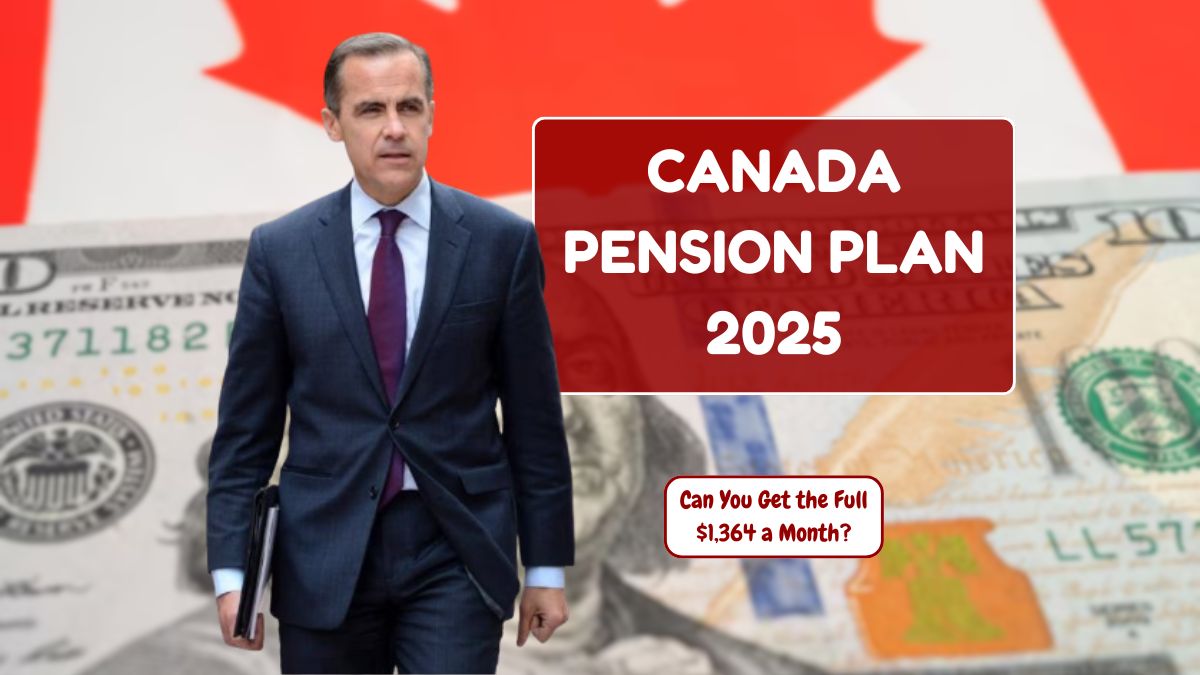In a pivotal moment for global climate diplomacy, China and the European Union issued a joint statement on Thursday committing to stronger cooperation in the fight against global warming. While they didn’t name the United States directly, the silence was telling—especially as the U.S. continues to roll back its climate commitments under the Trump administration.
Together, China and the EU represent two of the world’s top three greenhouse gas emitters, alongside the United States. Their unified front comes as international climate ambition faces increasing uncertainty, especially from America’s absence.
Quiet Rebuke
The joint statement opened with a clear message: in a turbulent global climate, especially among major economies, nations must maintain “policy continuity and stability” and “step up efforts to address climate change.” The absence of the U.S. in that call wasn’t accidental—it was symbolic.
Since returning to power, the Trump administration has pulled the U.S. out of the Paris Agreement and dismantled key policies that previously encouraged clean energy investments. Meanwhile, the rest of the world continues to rally behind the 2015 pact.
China and the EU called the Paris Agreement “the cornerstone of international climate cooperation,” reinforcing its importance even as America steps away.
Complex Partnership
China and the EU don’t see eye to eye on everything. The European Union has long criticized China’s heavy reliance on coal and its aggressive export strategies, particularly its dumping of low-cost electric vehicles into global markets. China, on the other hand, has opposed the EU’s carbon border tax, which penalizes high-emission imports like Chinese steel.
Despite these tensions, both sides understand the value of cooperation. Climate change is a global issue, and geopolitics aside, neither China nor the EU can afford to let disagreements derail progress on emissions.
Li Shuo, director of China Climate Hub at the Asia Society Policy Institute, called the agreement “a modest but meaningful source of relief” at a time when global leadership on climate is lacking.
China’s Clean Energy Boom
China’s clean energy industry is booming. In 2024 alone, China installed more solar panels and wind turbines than the rest of the world combined. Chinese electric vehicles are now sold globally, and the country is building EV plants in Turkey, Brazil, Thailand, and even fossil-fuel-rich Saudi Arabia.
However, the story is not all green. Much of this clean tech production still depends on coal-powered factories. According to Carbon Brief, emissions from manufacturing China’s clean energy exports totaled 110 million tons of CO₂ in 2024. Still, those exports are expected to reduce global emissions by roughly 1 percent.
So, while China is a global climate leader in terms of output, it’s still very much part of the emissions problem at home.
Promises Before COP
Both China and the EU pledged to submit new national targets for reducing greenhouse gas emissions ahead of COP talks in Brazil this November. The EU has already proposed cutting emissions by 90 percent by 2040 compared to 1990 levels. That proposal still needs approval from the European Parliament.
China has not yet announced its updated targets, but its growing dominance in clean energy markets could put pressure on the country to raise its ambitions.
Meanwhile, it’s unclear if the United States will even participate in the upcoming climate talks. That uncertainty highlights the widening gap between global climate leaders and those retreating from their responsibilities.
Signal of Leadership
Despite their many political and economic disagreements, the joint statement signals a new era of pragmatic cooperation between two of the world’s biggest players. As Kaysie Brown of E3G put it, “It provides a timely and much-needed signal of renewed climate leadership at a moment when global ambition is faltering.”
Whether these new pledges will align with what scientists say is needed—limiting warming to well below 2 degrees Celsius—remains to be seen. But in the absence of U.S. leadership, China and the EU are showing they’re willing to step up.

